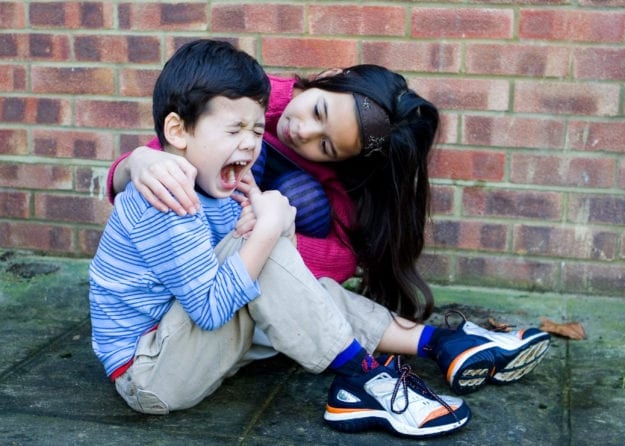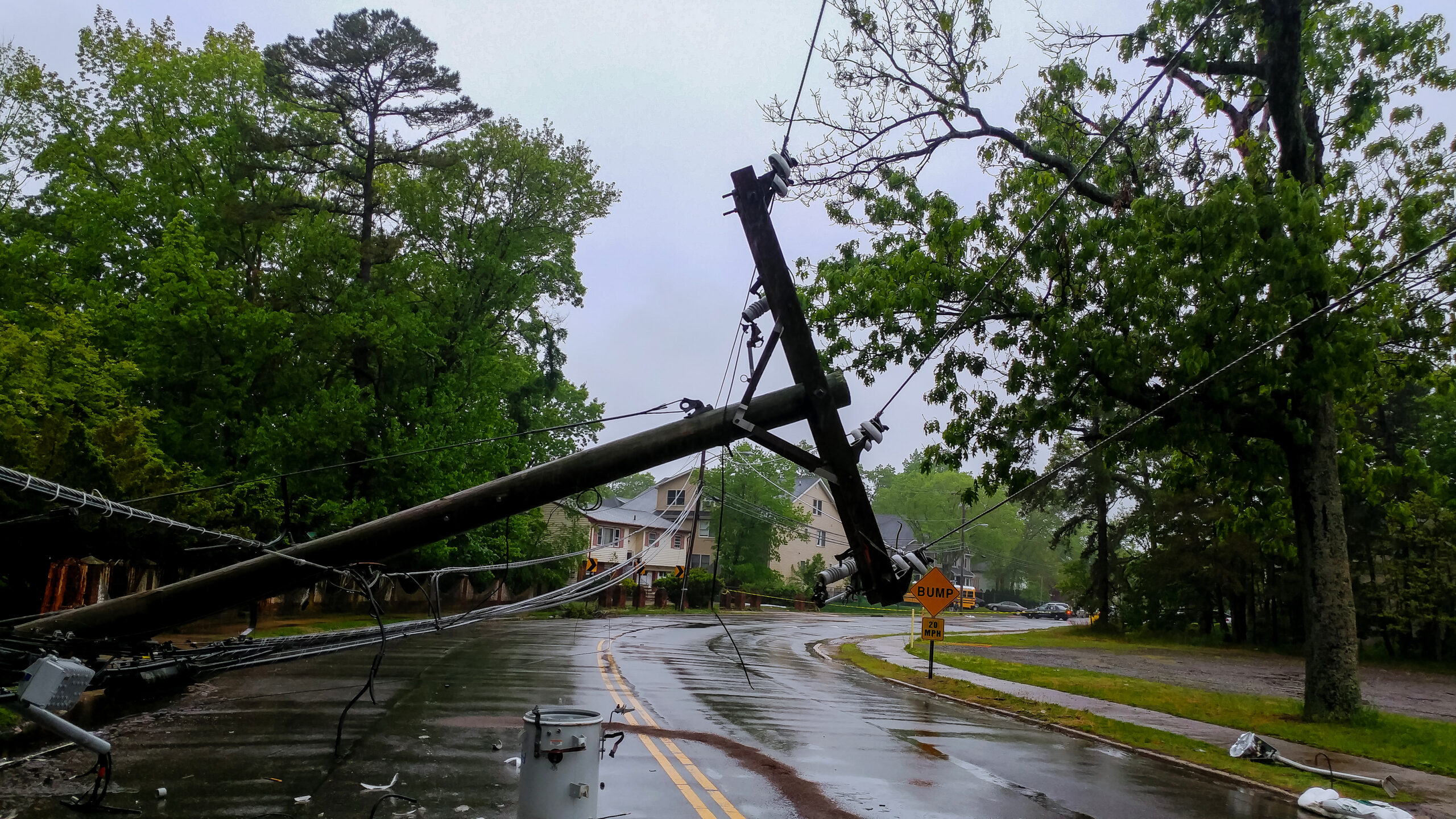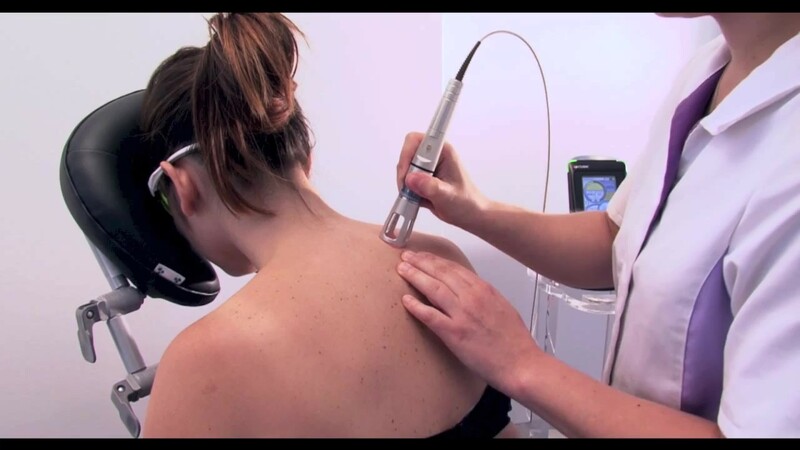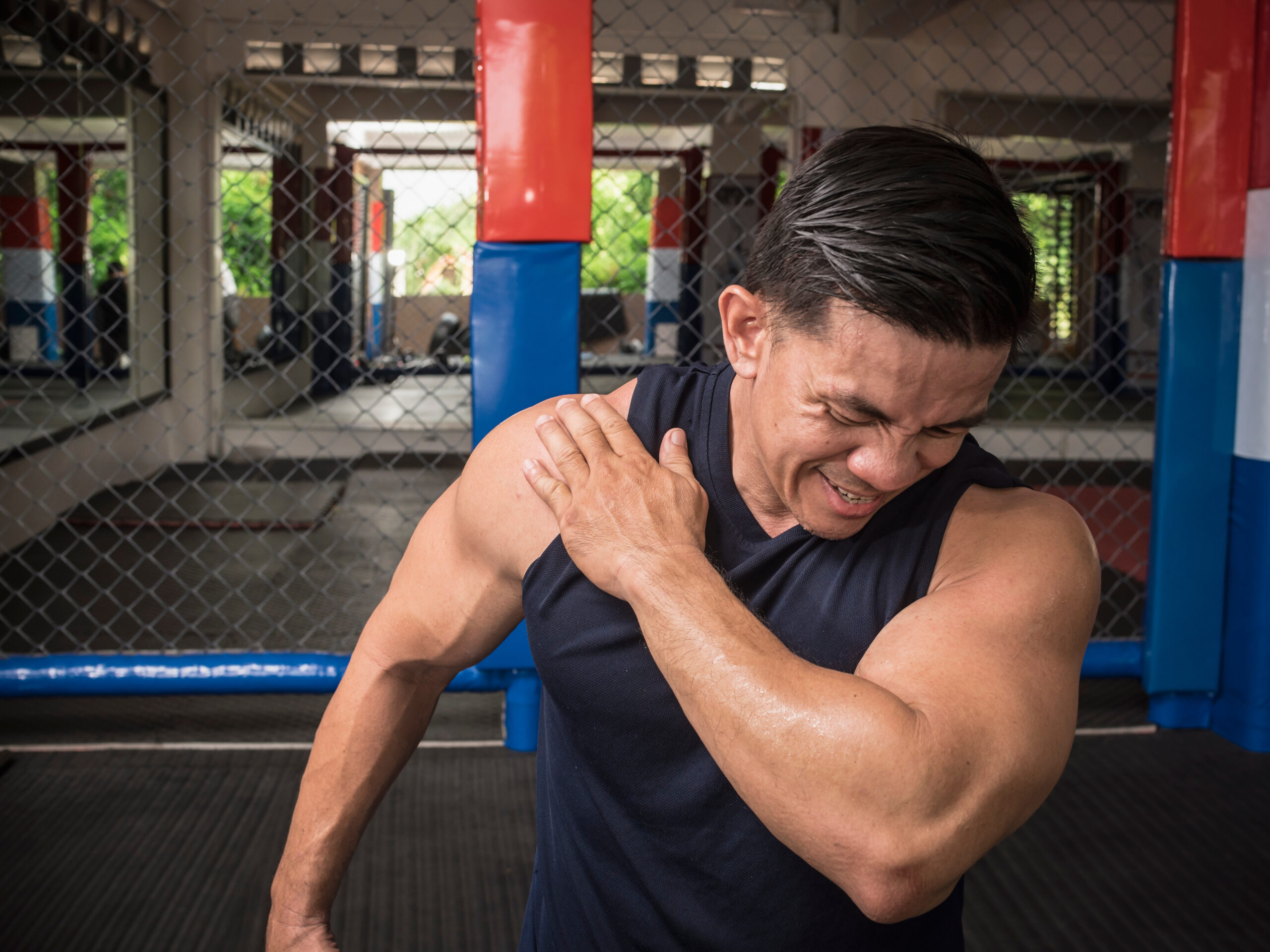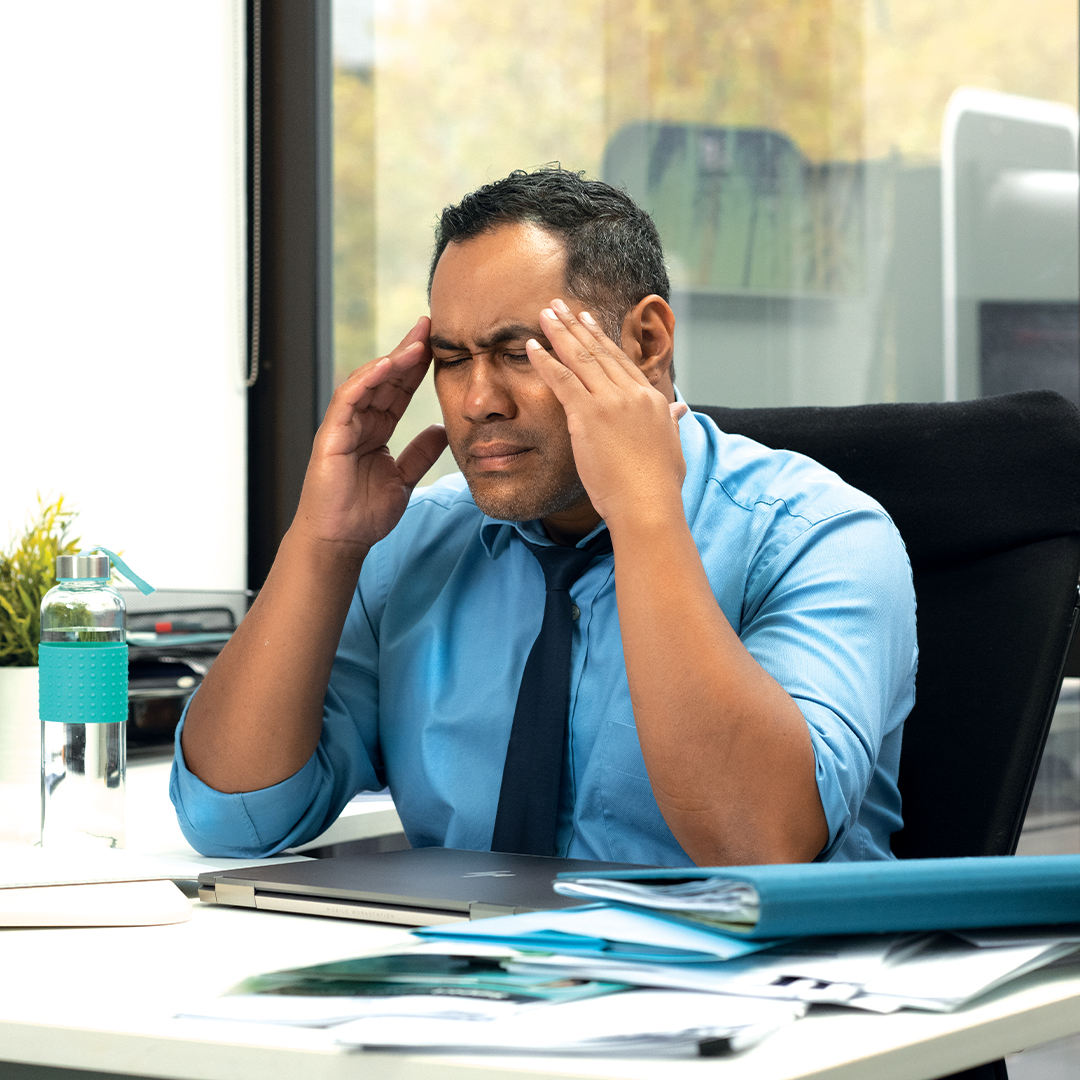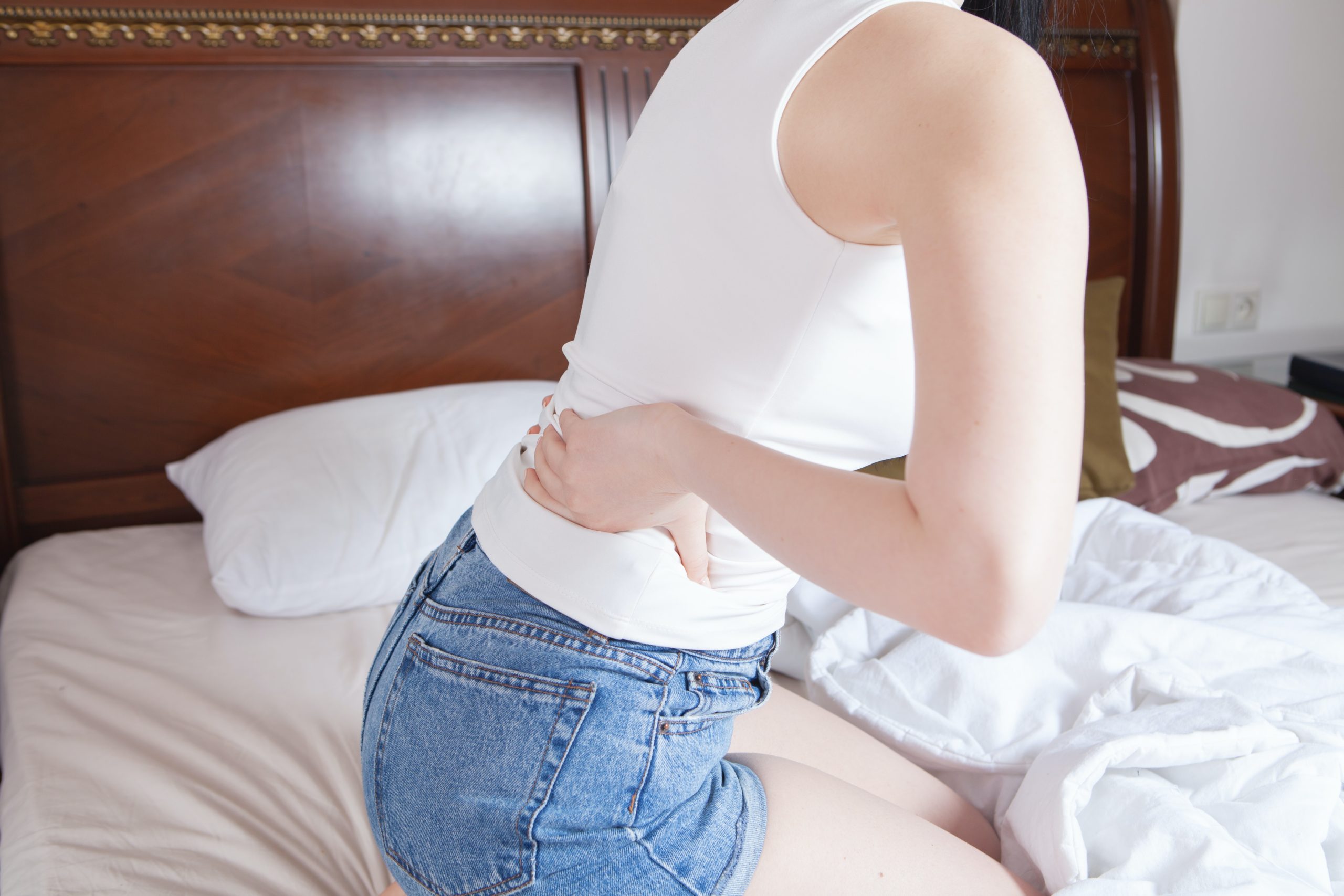By Peter Foley (Registered Podiatrist)
Growing pains are a common complaint of young patients, with a recent Australian study estimating between 35 and 40% of children aged 4-6 years are affected. Older children may also be affected at any age up to the completion of puberty.
What are Growing pains?
Growing pains are typified by intermittent pain in both legs starting in the afternoon or evening and resolving by the next morning. This pain can sometimes cause sleep disturbances and be unpredictable in its presentation. The child may have periods of several weeks without symptoms followed by several nights of quite severe pain. Normally, the body parts affected are the large muscles in the front of the leg (quadriceps) and calf muscles (gastroc-soleus). Both legs are affected equally. However, if pain occurs in a joint or on one side only, it is very unlikely to be growing pains and other causes should be investigated.
We don’t have a clear picture of what exactly causes growing pains, although there are numerous suggested causes contained in the literature. One often cited cause is the overuse of the large muscle groups due to instability in the lower limb. Children with increased flexibility of connective tissue systemically, or localised to the feet, appear to be at higher risk of developing growing pains than their peers however there are several other possible causative factors.
Can Growing pains be treated?
There are a several treatment options available to treat episodes of growing pains and to reduce reoccurrence. Gentle heat and massage can be used to sooth a child with aching legs and help them get back to sleep.
A regular stretching program of the quadriceps, hamstrings and calves has been shown to reduce the severity of growing pains with a greater effect after several weeks of stretching. Because it takes a couple of weeks to get started it can be discouraging, but with persistence this can be very helpful.
Orthotics or inshoe padding can also be used to address the instability of the lower limbs, and there is some evidence to support this as a treatment plan. Studies have been completed using both inshoe wedging and custom foot orthotics which have shown good outcomes for the patient. It is thought that the change in biomechanics caused by the orthotics alters the loading patterns of the big muscle groups in the lower limb and reduces the patient’s symptoms.
At Spine Sport Feet (formerly Coomera Wellness Centre) our experienced Podiatrists can provide thorough assessments to diagnose and treat lower limb pain. We have several orthotic options to help deal with growing pains (if appropriate) and can assist in the development of a suitable stretching program.
To find out more, book an appointment with one of our Podiatrists or call us on (07)5580 5655.
[1]Evans, Angela. (2008). Growing pains: Contemporary knowledge and recommended practice. Journal of foot and ankle research. 1. 4. 10.1186/1757-1146-1-4.
[2] Pavone, Vito & Vescio, Andrea & Valenti, Fabiana & Sapienza, Marco & Sessa, Giuseppe & Testa, Gianluca. (2019). Growing pains: What do we know about etiology? A systematic review. World Journal of Orthopedics. 10. 192-205. 10.5312/wjo.v10.i4.192.
[3] Lee, H. J., Lim, K. B., Yoo, J., Yoon, S. W., & Jeong, T. H. (2015). Effect of foot orthoses on children with lower extremity growing pains. Annals of rehabilitation medicine, 39(2), 285–293. https://doi.org/10.5535/arm.2015.39.2.285
[4] Evans AM. Relationship between “growing pains” and foot posture in children: Single-case experimental designs in clinical practice. J Am Podiatr Med Assoc. 2003;93:111–7
